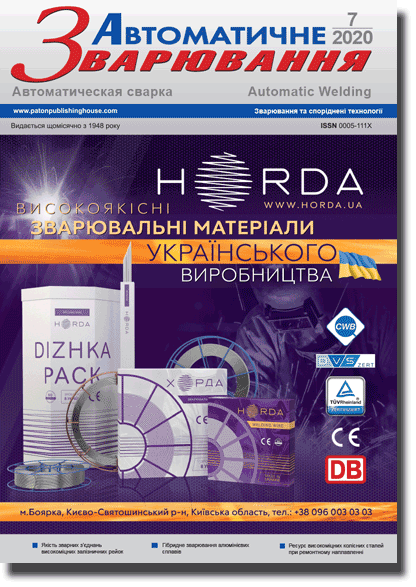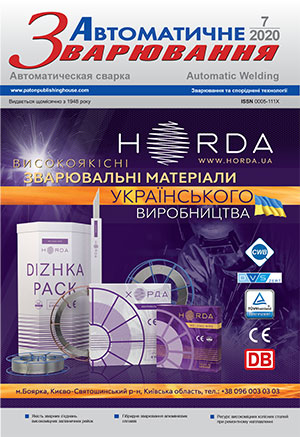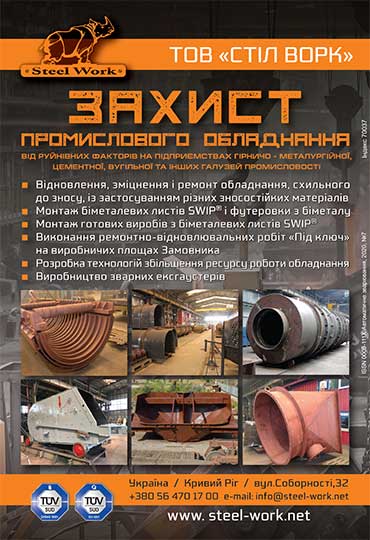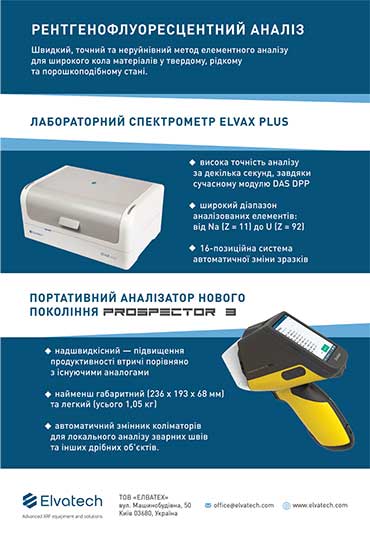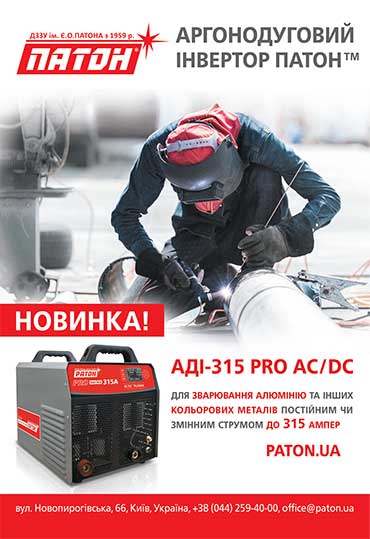| 2020 №07 (05) |
DOI of Article 10.37434/as2020.07.01 |
2020 №07 (02) |
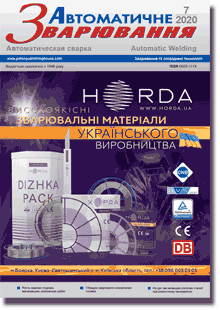
"Avtomatychne Zvaryuvannya" (Automatic Welding), #7, 2020, pp. 3-11
Evaluation of quality of welded joints of high-strength railway rails of modern production taking into account the requirements of ukrainian and european standards
S.I. Kuchuk-Yatsenko, E.V. Antipin, O.V. Didkovsky, V.I. Shvets, O.V. Kavunichenko
E.O. Paton Electric Welding Institute of the NAS of Ukraine, 11, Kazymyr Malevych Str., 03150, Kyiv, Ukraine. E-mail: office@paton.kiev.ua
On most heavy-duty railways of Ukraine, resistance butt welding is the dominant process for joining rails. Welding is performed in special shops and field conditions during the construction of new main lines and repair of existing railways. On the railways of Ukraine and other countries of the world, technologies and equipment are constantly being improved in connection with the use of new generations of high-strength rails with an increased wear resistance in accordance with the requirements to high-speed main lines. In the last decade, the developed countries of the world are revising the basic standards governing the quality of rail steels and requirements to mechanical properties of welded rail joints, taking into account their use on heavy-duty and high-speed main lines. One of the specified tasks is the adaptation of the Ukrainian standard TU U 24.1-40075815-002: 2016 (for stationary and mobile welding machines), which determines the requirements to the quality of welded joints of high-strength rails, to the acting European standard EN 14587-1 2007 (for stationary welding machines) and EN 14587-2 2009 (for mobile welding machines). 9 Ref., 4 Tabl., 12 Fig.
Keywords: resistance butt welding, railway rails, high-strength rail steels, pulsating flashing, heat-affected-zone, temperature fields, defects in rails, quality control, seamless track, defects in rails
Received: 24.06.2020
References
1. Kuchuk-Yatsenko, S.I. (1992) Continuous flash-butt welding. Kiev, Naukova Dumka [in Russian].2. Kuchuk-Yatsenko, S.I., Didkovsky, A.V., Shvets, V.I. (2008) Techbology and equipment for flash-butt welding of highstrength rails. The Paton Welding J., 11, 111-120.
3. TU U 27.1-40081293-002:2016: New welded rails for railways: Dnipropetrovske NKTB, NDKTI PJSC Ukrzaliznytsya [in Ukrainian].
4. (2009) Eurostandard EN_14587-1, -2.
5. Kuchuk-Yatsenko, S.I., Didkovsky, O.V., Bogorsky, M.V. et al. (2002) Flash-butt welding method. Pat. 46820, Ukraine, Int. Cl. 6B23K11/04, C2, Pat. 2222415, RF (2003); Pat. 6.294.752, USA (20.06.01); Pat. ZL001016772/5 (2004), PRC.
6. Weingrill, L., Enzinger, N. (2017) Temperature Fields evolution during flash-butt welding of railway rails. Materials Science Forum, 879, 2088-2093. https://doi.org/10.4028/www.scientific.net/MSF.879.2088
7. Kuchuk-Yatsenko, S.I., Milenin, A.S., Velikoivanenko, E.A. et al. (2018) Mathematical modeling in continuous flash-butt welding. The Paton Welding J., 10, 2-8. https://doi.org/10.15407/tpwj2018.10.01
8. Kuchuk-Yatsenko, S.I., Shvets, V.I., Didkovsky, A.V. et al. (2013) Defects of joints of high-strength rails produced using flash-butt welding. Ibid., 9, 2-8.
9. Zabilsky, V.V., Nikonova, R.M. (2005) Ductile-brittle transition in steels at near-solidus temperatures. Mechanism of embrittlement of grain boundaries. Fizika Metallov i Metallovedenie, 99(3), 19 [in Russian].
Advertising in this issue:
The cost of subscription/purchase order journals or individual articles
| Journal/Currency | Annual Set | 1 issue printed |
1 issue |
one article |
| TPWJ/USD | 384 $ | 32 $ | 26 $ | 13 $ |
| TPWJ/EUR | 348 € | 29 € | 24 € | 12 € |
| TPWJ/UAH | 7200 UAH | 600 UAH | 600 UAH | 280 UAH |
| AS/UAH | 1800 UAH | 300 UAH | 300 UAH | 150 UAH |
| AS/USD | 192 $ | 32 $ | 26 $ | 13 $ |
| AS/EUR | 180 € | 30 € | 25 € | 12 € |
| SEM/UAH | 1200 UAH | 300 UAH | 300 UAH | 150 UAH |
| SEM/USD | 128 $ | 32 $ | 26 $ | 13 $ |
| SEM/EUR | 120 € | 30 € | 25 € | 12 € |
| TDNK/UAH | 1200 UAH | 300 UAH | 300 UAH | 150 UAH |
| TDNK/USD | 128 $ | 32 $ | 26 $ | 13 $ |
| TDNK/EUR | 120 € | 30 € | 25 € | 15 € |
AS = «Automatic Welding» - 6 issues per year;
TPWJ = «PATON WELDING JOURNAL» - 12 issues per year;
SEM = «Electrometallurgy Today» - 4 issues per year;
TDNK = «Technical Diagnostics and Non-Destructive Testing» - 4 issues per year.





